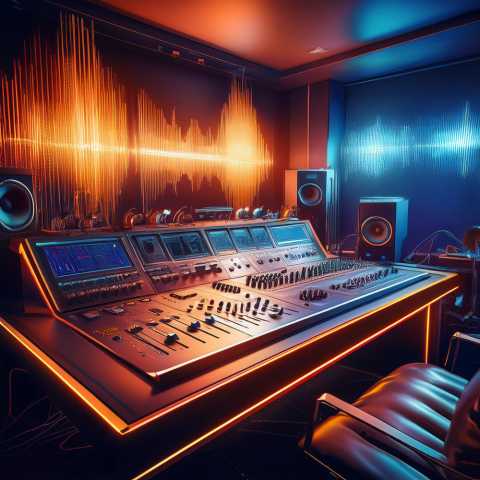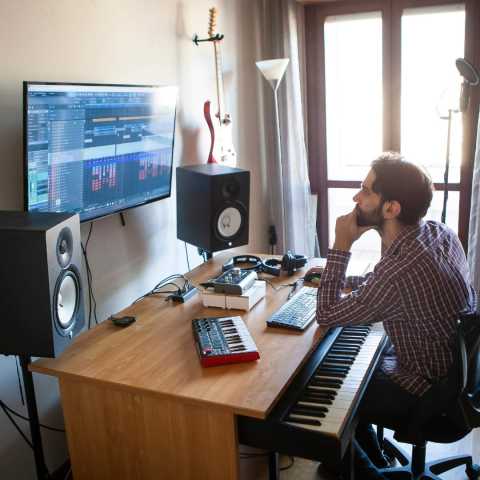Preparing your tracks for mastering is crucial to achieving a professional, polished sound. In this guide, we cover the essential steps to ensure your music is ready for the mastering process, including tips on keeping your mix clean, exporting in the right format, organizing your files, and providing a reference track. Proper preparation not only enhances the final product but also streamlines the workflow with your mastering engineer. Follow these best practices to give your tracks the best chance to shine.
It's finally time to take your music to the next level and get it mastered. But before you do, there are a few critical mixing mistakes you need to make sure you didn't make. These mistakes can easily be made by both beginner and experienced engineers and can severely impact your final record if left unchecked. Make sure you read this before you hit send!
When preparing your mixes for a mastering session, we typically get the question, "Should I take the L2 and compressor off the mix bus?" My first thoughts run through my head like asking why or what are you doing. . . but I refrain myself.
Run by Nielsen, Soundscan is the official method of tracking sales of music and music video products throughout the United States and Canada. They have been tracking sales since March of 1991. It is a common misconception that RIAA uses the Soundscan information to track sales and certify Gold and Platinum sales etc. They do not.
This is the second installment of a series about Album Credits. As this is just to help brainstorming, I will just make a list that recommended album credits to include on the artwork. Hopefully this will help you remember to try to include everyone that worked on your product.
Front Cover
- Album Title
- Artist
Back Cover
I'm starting a several week installment talking about album credits. Artwork on an album cover provides much more than just a pretty package to catch the eye of a browsing music fan. It provides a place to tell a little more about your work, lyrics and production of the project.
Layback Mastering is the process of recording your mix to analog tape and mastering from the analog tapes. If you recorded and mixed completely digitally, you may consider asking about tape layback as an option for mastering. It can add that analog 'warmth' to a project or give that last little bit of 'glue' that makes a mix really come together. We have several choices in analog tape machines including Ampex, Sony and Studer.


